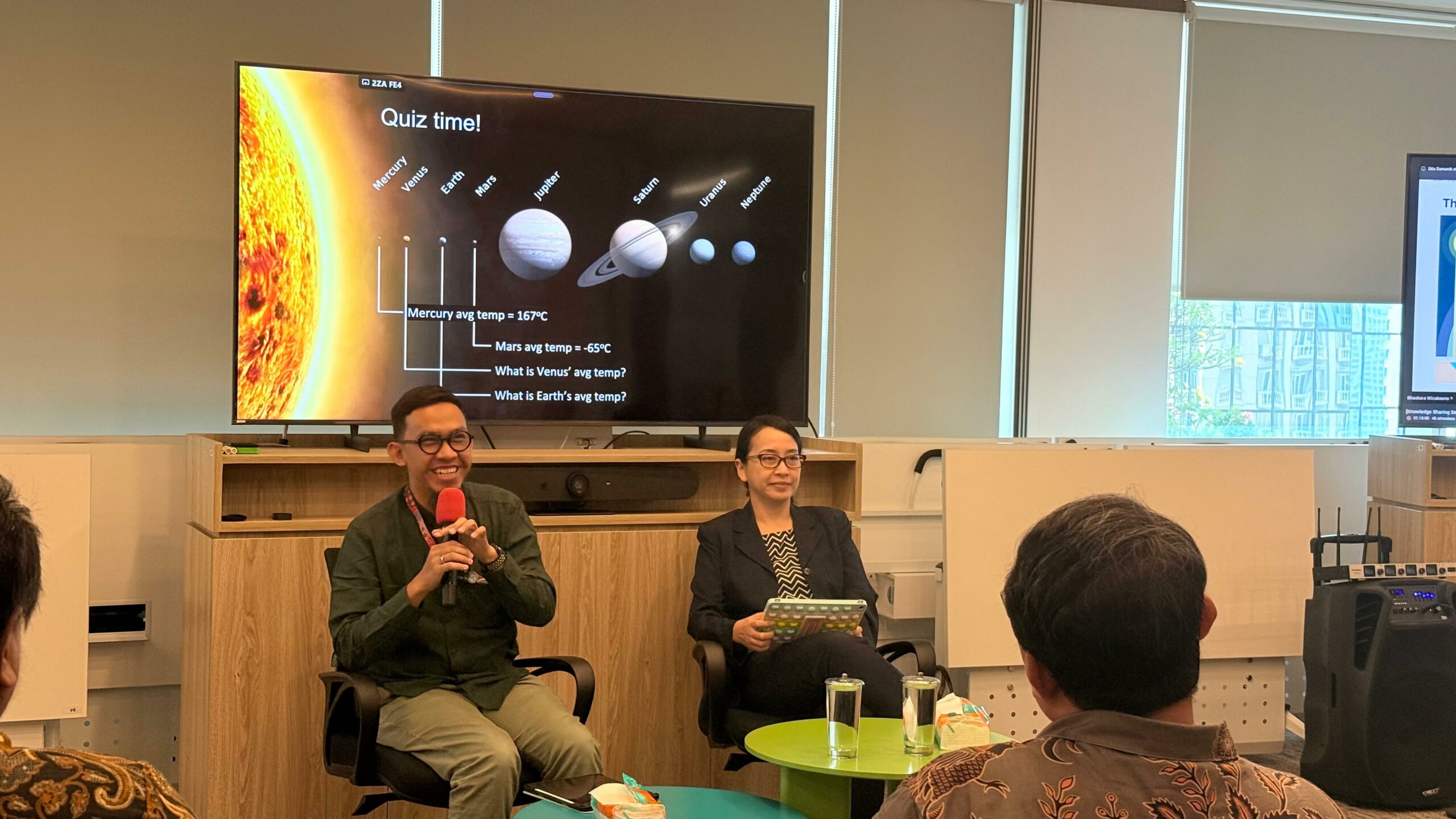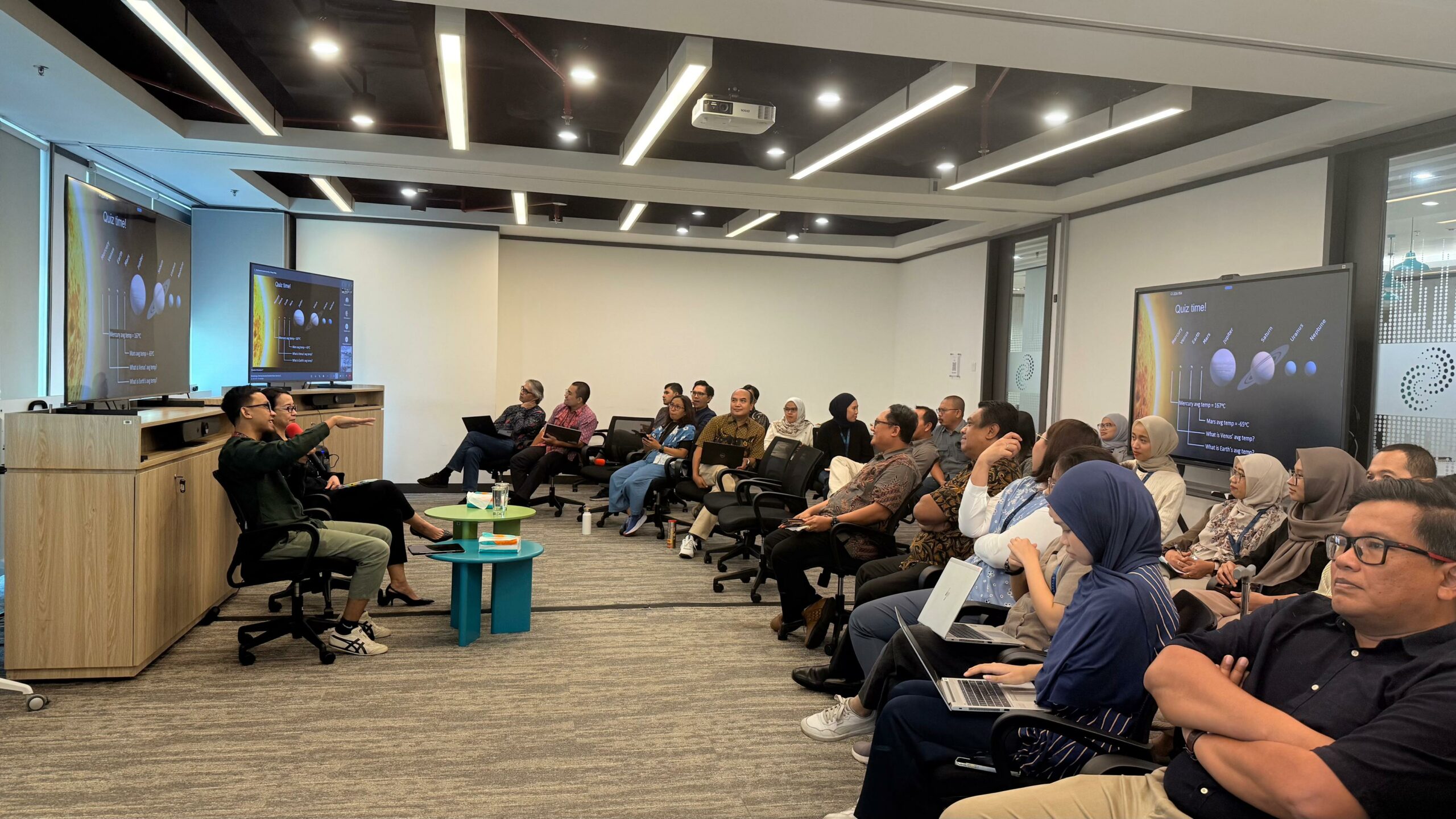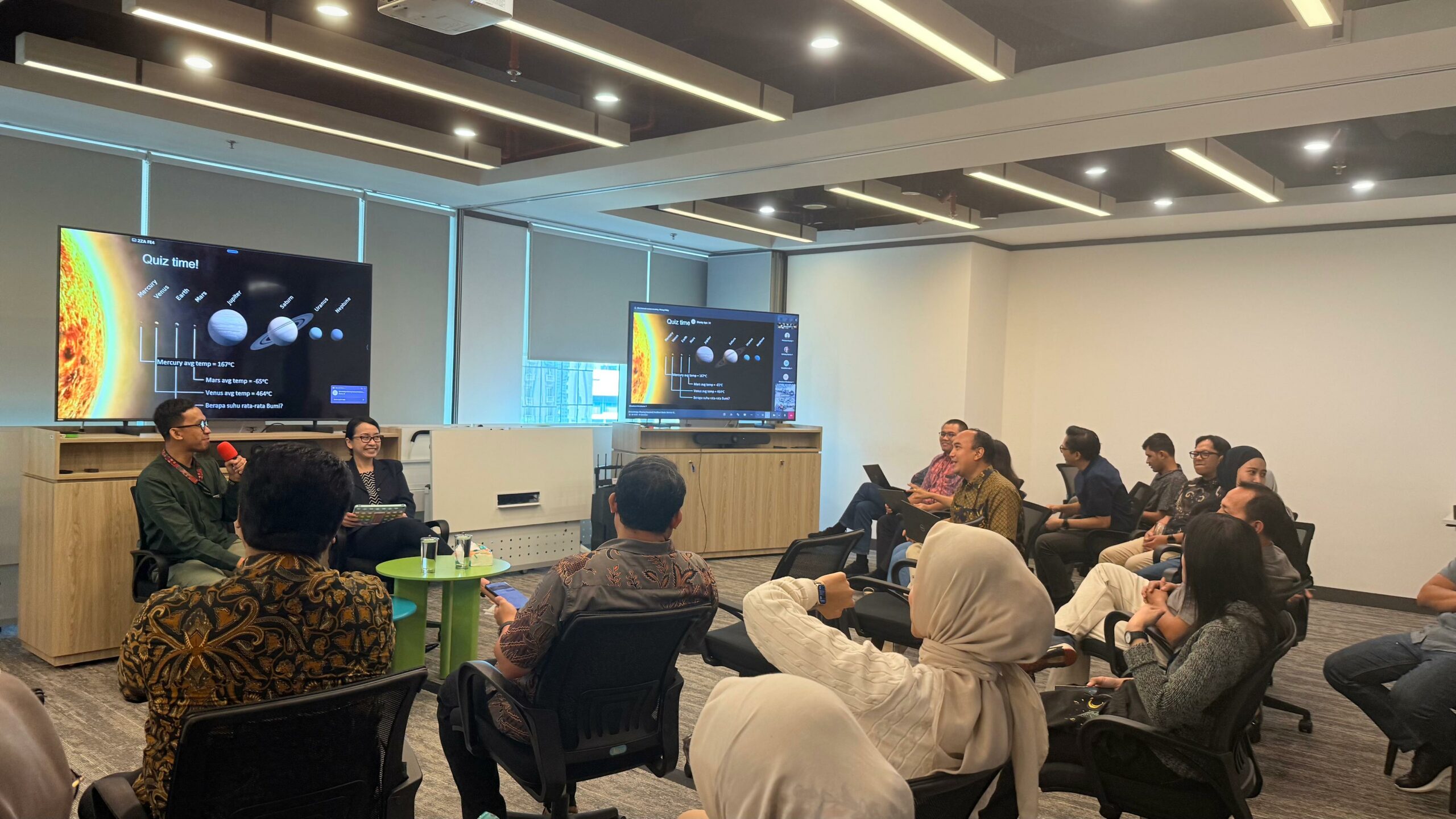Climate Crisis, A Call to Design Basic Services that Leave No One Behind

When flooding leads to a rise in malaria cases, the most vulnerable – including pregnant women and children under twelve – often bear the brunt. At a time when access to healthcare becomes even more limited, these groups face greater health risks due to increased exposure to disease. Pregnant women are at risk of complications that can endanger both mother and baby, while children are more susceptible due to weaker immune systems. It is clear that one-size-fits-all health services are inadequate in these situations. Responses must be tailored to the specific needs of each group; otherwise, climate-induced disasters will only deepen existing inequalities. Integrating Gender Equality, Disability, and Social Inclusion (GEDSI) principles into the planning and delivery of basic services is central to effective climate action.
This was the key message shared by Jannata “Egi” Giwangkara, a climate and energy expert from IKLIMSS, and Chandra Sugarda, a GEDSI and climate change specialist, during the Knowledge Sharing session on Resilient Basic Service Delivery in a Changing Climate, organised by the SKALA Program on 24 July 2025. Participants from SKALA in Jakarta and across the provinces attended the event both in person and online.
The Climate Crisis Is a Basic Services Crisis
“When our body temperature rises by just one or two degrees, we develop a fever. The Earth is no different. A rise beyond 1.5 degrees Celsius could lead to irreversible damage,” said Egi Giwangkara.
He explained that the current warming of 1.2°C must be urgently curbed. Without bold and immediate action, the world will face long-term consequences such as food insecurity, forced displacement, and ecological breakdown. Climate change also directly threatens the availability and quality of basic services such as clean water, the food supply, and healthcare; all of which become more fragile during crises.
Although climate change is a global phenomenon, its impacts are not equally felt across communities. Women, children, persons with disabilities, and indigenous communities face heightened risks and have fewer resources to adapt. UN reports state that when extreme weather disasters strike, women and children are 14 times more likely to die than men, largely due to limited access to information, mobility, decision-making power, and resources.
Vulnerable Populations Face the Same Storm in Different Boats
Chandra Sugarda underlined how climate change affects vulnerable populations differently, especially in accessing basic services. In emergencies, people with disabilities encounter additional obstacles.
“They often struggle to reach evacuation sites, and emergency messages are rarely delivered in accessible formats,” she said.
Indigenous communities face similar difficulties. Remote locations limit access to healthcare, while shifting climate patterns threaten the food sources and medicinal plants that are essential to people’s daily lives. Poor households are equally vulnerable. As water sources dry up, women must walk farther to collect clean water. This puts them at greater risk of gender-based violence. Given these vulnerabilities, Chandra stressed the need for tailored, GEDSI-responsive approaches.
“A one-size-fits-all model does not work. Vulnerable groups are often left behind unless we provide targeted, context-specific interventions,” she noted.
A Gender and Climate Lens in Planning, Budgeting, and Participation
Indonesia has the momentum and frameworks in place to integrate gender and climate perspectives into development. The launch of the National Action Plan on Gender and Climate Change in 2024 was a significant milestone. The Long-Term National Development Plan 2025-2045 also identifies climate-resilient development as a top national priority. At the global level, Indonesia’s Enhanced Nationally Determined Contribution underscores its commitment to addressing the climate crisis.
Both Egi and Chandra agreed that ignoring gender and climate risks in planning and budgeting undermines policy effectiveness. Inclusive and responsive policies are key to closing gaps and supporting those most at risk. Egi also highlighted the importance of financing.
“Climate mitigation and adaptation cannot rely on public funding alone. We must build an ecosystem that mobilises private sector support for climate action,” he said.
Chandra added that inclusive planning must be built on inclusive participation.
“When governments design climate policies, women, persons with disabilities, and Indigenous communities must have a voice. Only then will those policies reflect the realities they face,” she said.
This two-hour learning session reinforced SKALA’s understanding of the importance of integrating gender and climate perspectives into its activities, particularly in supporting subnational governments to manage public finances and deliver inclusive basic services. This approach is expected to help local planning and budgeting better identify community vulnerabilities and strengthen people’s capacity to respond to climate challenges.








